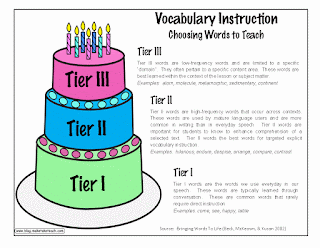The Fall Literacy Workshop that we attended last week with Kylene Beers and Robert Probst got me thinking. What are the elements of student engagement?
The ASCD article by Kristina J. Doubt and Jessica A Hockett,
answered many of my questions. Here's a look:
"Teachers can plan for student engagement so that it's more than just decoration.
Please, please, please try to just shake it up sometimes. Give us a variety of work and activities and don't just stick to the same type of lesson every day."
This student's plea, reported in Grant Wiggins' 2014 Annual Student Survey of Academic Experience, reflects the longing of students in classrooms everywhere. Embedded in this learner's request are the top three culprits of classroom boredom, echoed by numerous high school students in the same survey: "Our assignments are just busywork," "There's no variety in what we do from day to day," and "The teacher talks too much."
It's tempting to dismiss such comments as the predictable complaints of adolescents who are inundated with compelling and distracting content from screens and social media. But similar themes emerged in the responses of elementary and middle school students who were surveyed with the same questions (Wiggins, 2014a, 2014b). Both common sense and research tell us that an engaged student at any grade level will invest—and therefore achieve—more than will a disengaged student (Sousa and Tomlinson, 2011; Hattie, 2012; Walkington, 2013). So instead of disregarding these students' complaints, we should use them to catapult us toward more effective planning.
How then can teachers plan lessons that address required content and standards while promoting student investment? We offer the following four practical principles that address sources of disengagement."
My summary of the article is a short list. Engagement with students relies on four factors:
- Teacher/Student Relationships
- Concepts and Essential Questions
- Responding to Progress
- Offering Choice











